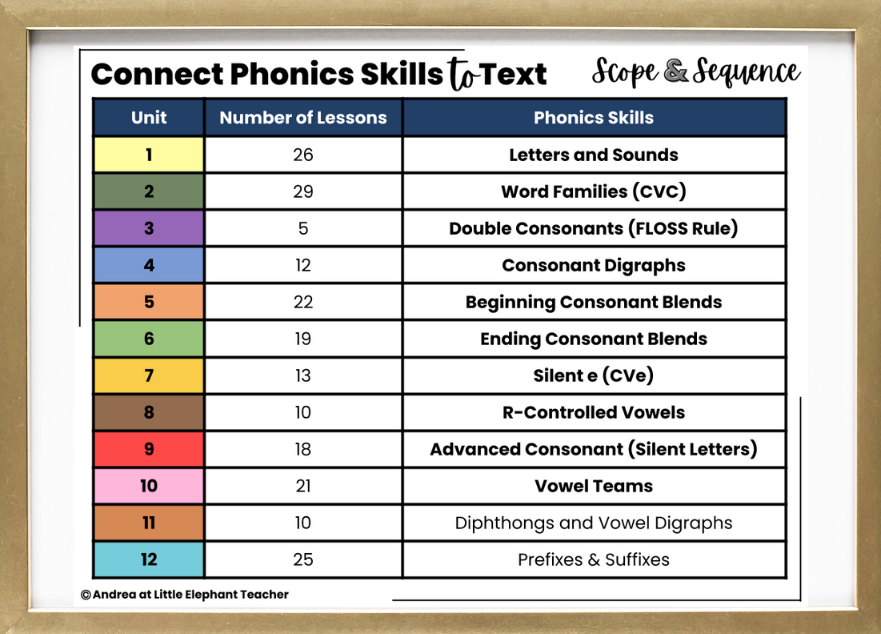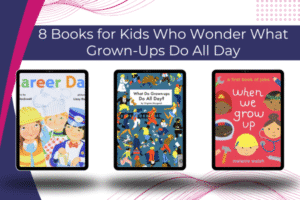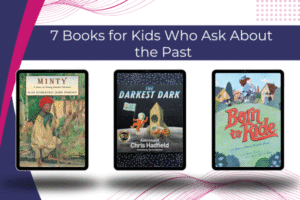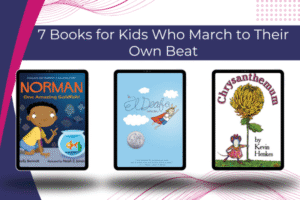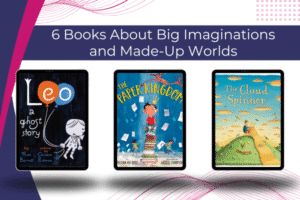Notes from Shifting the Balance: 6 Ways to Bring the Science of Reading into the Balanced Literacy Classroom
Shift 3: A Common Practice to Reconsider
Misunderstanding 2: Strengthening Phonics instruction means purchasing a program
No…
What really matters is that you have a strong and research-informed scope and sequence, plus solid instructional routines.
- —Scope = (what you will teach)
- —Sequence =(what order you will teach it)
Common sense tips for creating or evaluating your own scope and sequence:
1. Build from simple to complex
2. Teach letters in an order that lets you build words quickly
—A.) Knowing the letters M, S, T, P, and A will let children read more than 20 words with a short A sound.
3. Be aware of letters and sounds that are easily confused
—A.) M and N, and B and P should not be taught one after another.
4. Provide children with frequent opportunities to apply new learning
Note: There is not a solid body of research to tell us specifically which sound and spellings to focus on before others.
Check out IMSE and UFLI for a trusted scope and sequence.
<Read Part 9: Why Children Write Letters Backward (Mirror Invariance)
